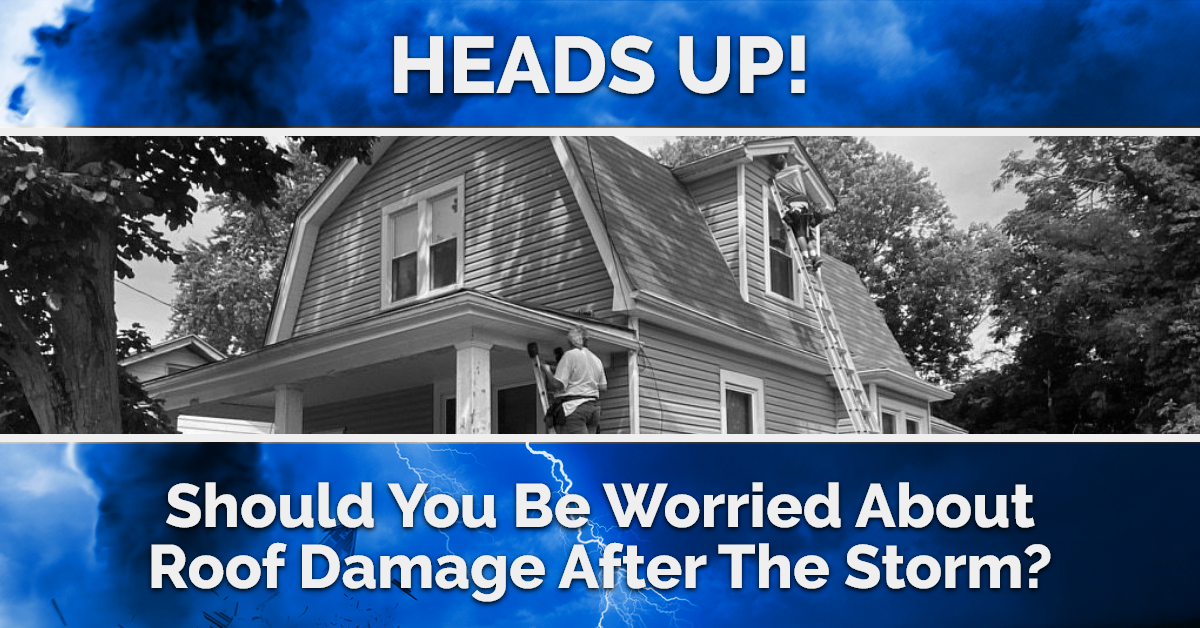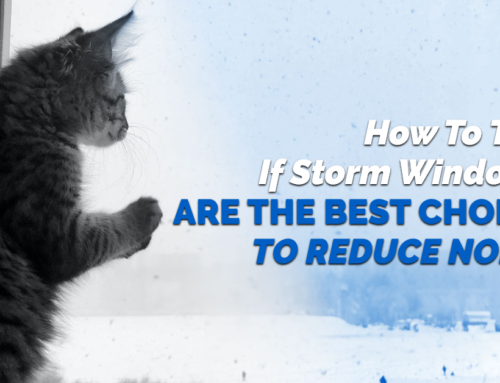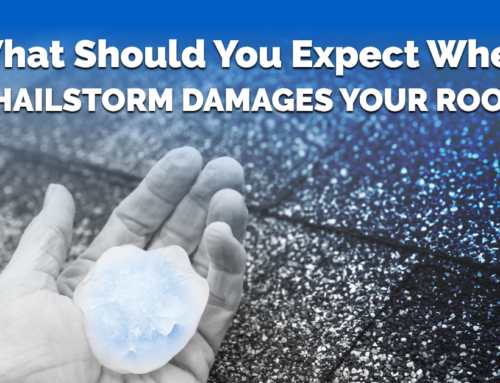Thunderstorms and wind storms are a way of life in the Greater Cincinnati area. We get a few big ones each year – sometimes with wind-driven rain or enough rainfall to flood a few intersections. When the storm is over, most people breathe a sigh of relief and go on with their lives. But there is something you should be checking on after every storm: your roof.
Even the average thunderstorm can cause roof damage, especially if your roof is already a bit older and more fragile. A tree branch may have landed on your roof, cracking some shingles. Or, the wind may have driven rain under a few shingles, raising them off the roof deck.
So, what signs of roof damage should you look for after a storm? Here are the key ones.
Shingles in the Yard
Before anyone gets a chance to clean up, take a walk around your yard and perhaps down the street. Do you see any shingles or pieces of shingles scattered around? They might be from your roof, or they may be a neighbor’s roof. Take a closer look at your roof, if possible, to see if you can spot any missing shingles. Also, let your neighbors know what you found so they can do the same. Often, you can tell from the color of the shingles whose home was damaged.
Granules in the Gutters
If you’re confident on a step ladder, take a look inside your gutters. Do you see little piles of shiny pebbles? These are shingle granules. They may have been dislodged by a tree branch scraping your roof or by powerful, wind-driven rain. Without granules, shingles deteriorate and start leaking rather quickly. So, let your roofer know what you found so they can replace the damaged shingles.
Curling, Lifted, or Cracked Shingles
Just because shingles are still on your roof does not mean they’re still doing their job. Look at as many shingles as you can comfortably see from the ground or a step ladder. If any shingles are lifted, cracked, or curling in any way, let your roofer know. The next storm will likely remove them altogether, leading to leaks.
Hanging or Sagging Gutters
Gutters are not very heavy, so it’s common for them to be damaged in storms, even if they are reasonably secured to your roof. You might notice a particular gutter is sagging in the middle. This usually happens if a tree branch or other heavy item lands on it or if lots of water freezes inside of it. A bent gutter won’t drain, so have a roofer take a look at this.
Another common gutter problem is hanging or dislodged downspouts. Without a downspout, water will tumble down the side of your home, damaging the siding and potentially even the foundation. Luckily, a roofer can easily re-attach the downspout, allowing your gutters to protect your roof and home adequately again.
Moisture in the Attic
Head into the attic, or at least poke your head up there. Take a good look around. Do you see any drops of moisture on the ceiling beams? What about the insulation – is it damp in any place? Pay attention to the overall humidity in the air, too. If the air feels moist and humid, this might mean water has made its way in.
It does not matter if you know exactly where the leak is coming from. Your roofer can figure that out. What’s important is that you let a professional know ASAP if even a tiny amount of water comes into your attic. Moisture in the attic soon leads to mold, so you want to have the roof secured before any more water comes in.
Stained Walls or Ceilings
When a leak is small, you don’t always physically see pools or drips of water. The water may instead seep into the attic insulation and building materials and then slowly saturate what lies beneath. It may penetrate into the drywall at the tops of your walls or on your ceilings. As it does this, it usually leaves a discolored stain. These stains are typically pale tan or grayish brown, and they are roundish with irregular edges. Undoubtedly, these stains mean your roof leaked in the storm.
Most Cincinnati homes and roofs are designed to weather the storm. However, high winds, wind-driven rain, and falling tree branches can cause unexpected damage. Get into the habit of checking over your roof and gutters after each storm. If you notice any of the signs above, contact Titan Siding and Roofing for an inspection. Our friendly, knowledgeable roofers will come to locate the source of the problem and recommend the proper repairs.






